Natural Resource Projects
Did you know McConnell AFB has a Natural Resource Program? This page outlines a few of the projects we are currently working on.

Pollinator Gardens

The pollinator gardens were established as pilot projects for the National Air Force Pollinator Partnerhsip. They are located at the FamCamp near the fishing ponds. Checkout one or all three: the hourglass garden, the arrowhead garden, and the AF Wing garden.
- Each garden has a selection of different plants, all of which are native to Kansas in an attempt to support native pollinators and minimize maintenance.
- The gardens were planted in Fall 2016 from plugs and in the Spring of 2017 with seeds. Additional plants were added in Spring of 2018, so not all plants have bloomed or are fully grown.
- Pollinator surveys were conducted to see what kind of insects are attracted to the plants, and contrasted to non native flower beds on base in 2017. Report is available in the Natural Resource Office.
- Monarch butterflies have already found the gardens. Biologists have observed Monarch eggs, larvae, and a single chrysalis (the protective case a larva forms to change into a butterfly) on the various species of milkweed planted throughout the gardens.
Click here for maps of the gardens and a plant list!
Within the pollinator gardens, you will see different bee blocks, with more placed in various locations around base. These help support native bees by providing them a nesting site near water and nectar sources. Leafcutter bees, mason bees, and bumble bees may utilize these habitats around base.



Monarch Tagging

In 2025, our intern, Kylie Mac Ewen, as well as our Natural Resource manager, Natalie Wilderom, participated in Monarch Watch’s national effort to tag Monarch butterflies. Monarch butterflies are endangered, and the tagging project allows scientists to track the Monarch butterflies migration to Mexico. 23 total monarchs were tagged this year at McConnell, with over 100 spotted on base between August and October. McConnell helps Monarchs by maintaining pollinator gardens with native plants to feed adult monarchs and growing milkweed plants around base. Monarch butterflies enjoy tall thistle and white heath aster located around base.
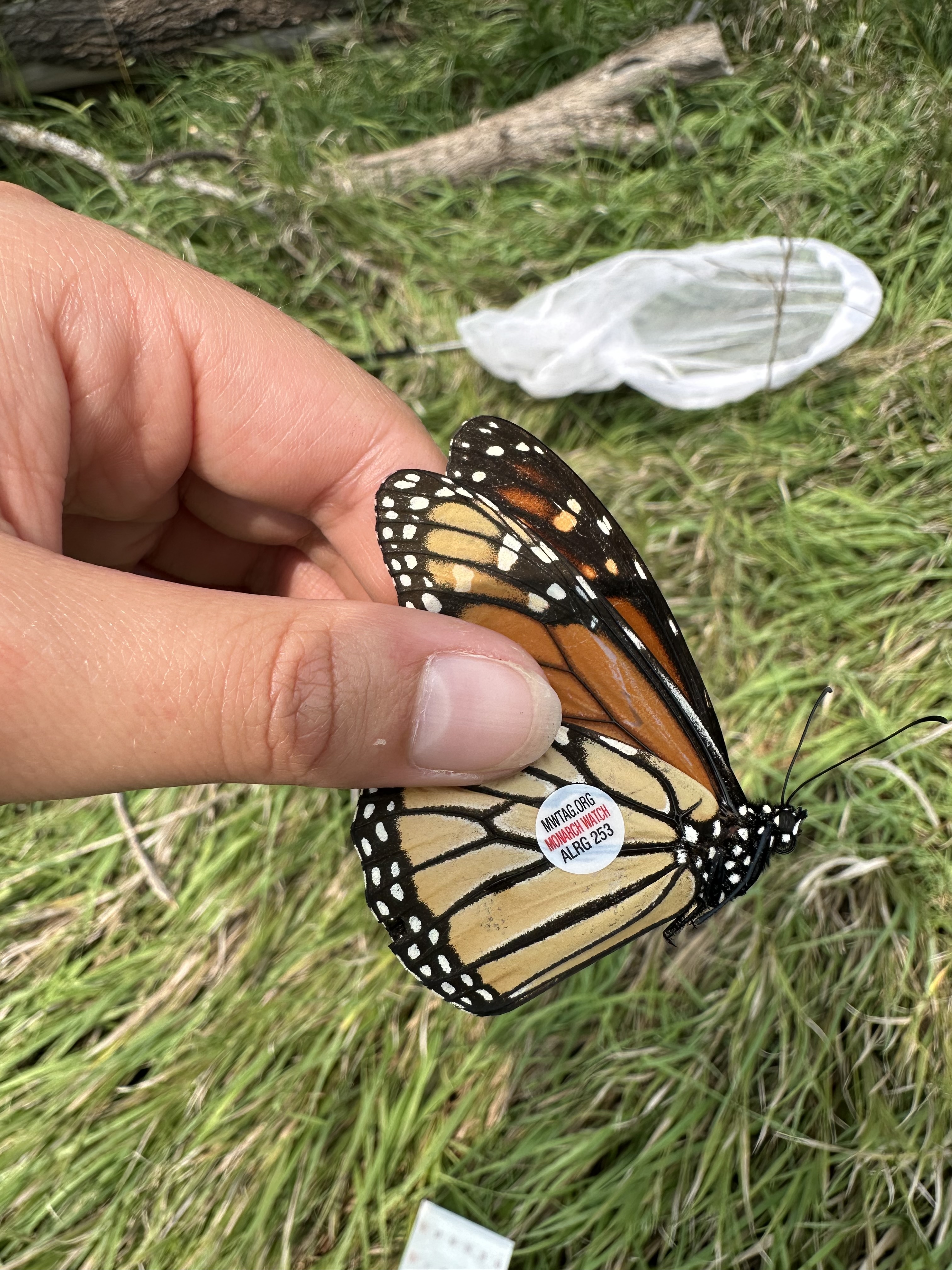
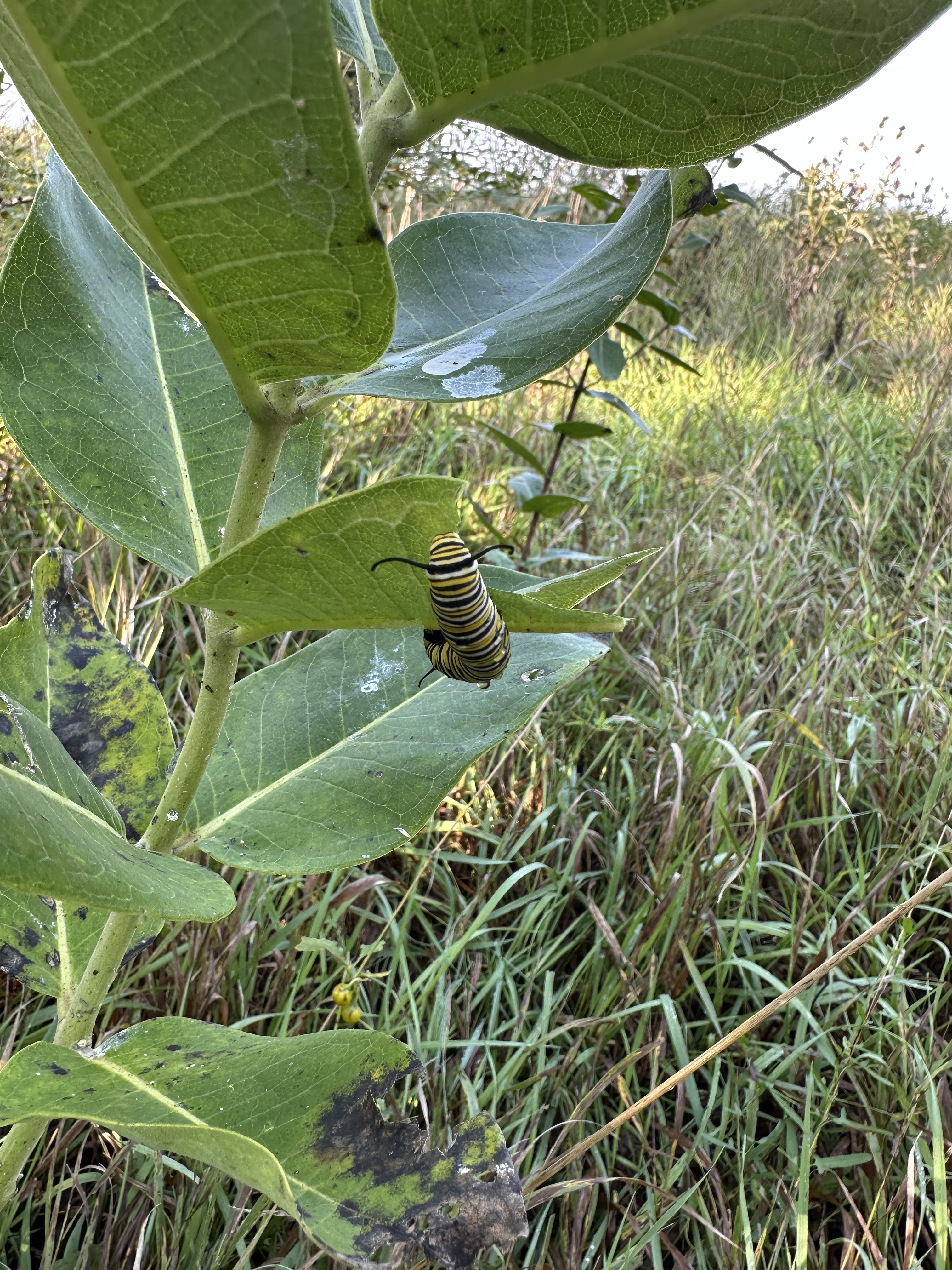
Prairie Restoration
In 2016 the old 1090 building lot was repurposed for a prairie restoration project.
- The lot was reseeded with the help of contractors using drill-seeding which is a method using a machine that puts the seeds automatically in the ground in rows.
- The project was left to grow with little human interaction and has begun to flourish even after only one growing season. Several species of wildflowers native to Kansas have also grown even without being planted by the contractors or anyone else.
- Some seeds were spread by hand as the growing season progressed, but this project is a good example of why planting natives is so time, energy, and cost efficient. Native plants adapted to live in a certain type of soil with a certain amount of rainfall and flourish there even when left alone. This is also one of the reasons we planted natives in the pollinator gardens (in addition to just being better for the pollinators and other animals).
- Prescribed burns have been done on the prairie to help support the growth of grass in the restoration prairie. These burns help to reduce weeds and pests, and provide a better habitat for wildlife to live in.
- If you have noticed the abundance of dragonflies overhead the prairie, this is a good sign! That means water quality in the prairie is good, as well as many insects for the dragonflies to eat, indicating good habitat.
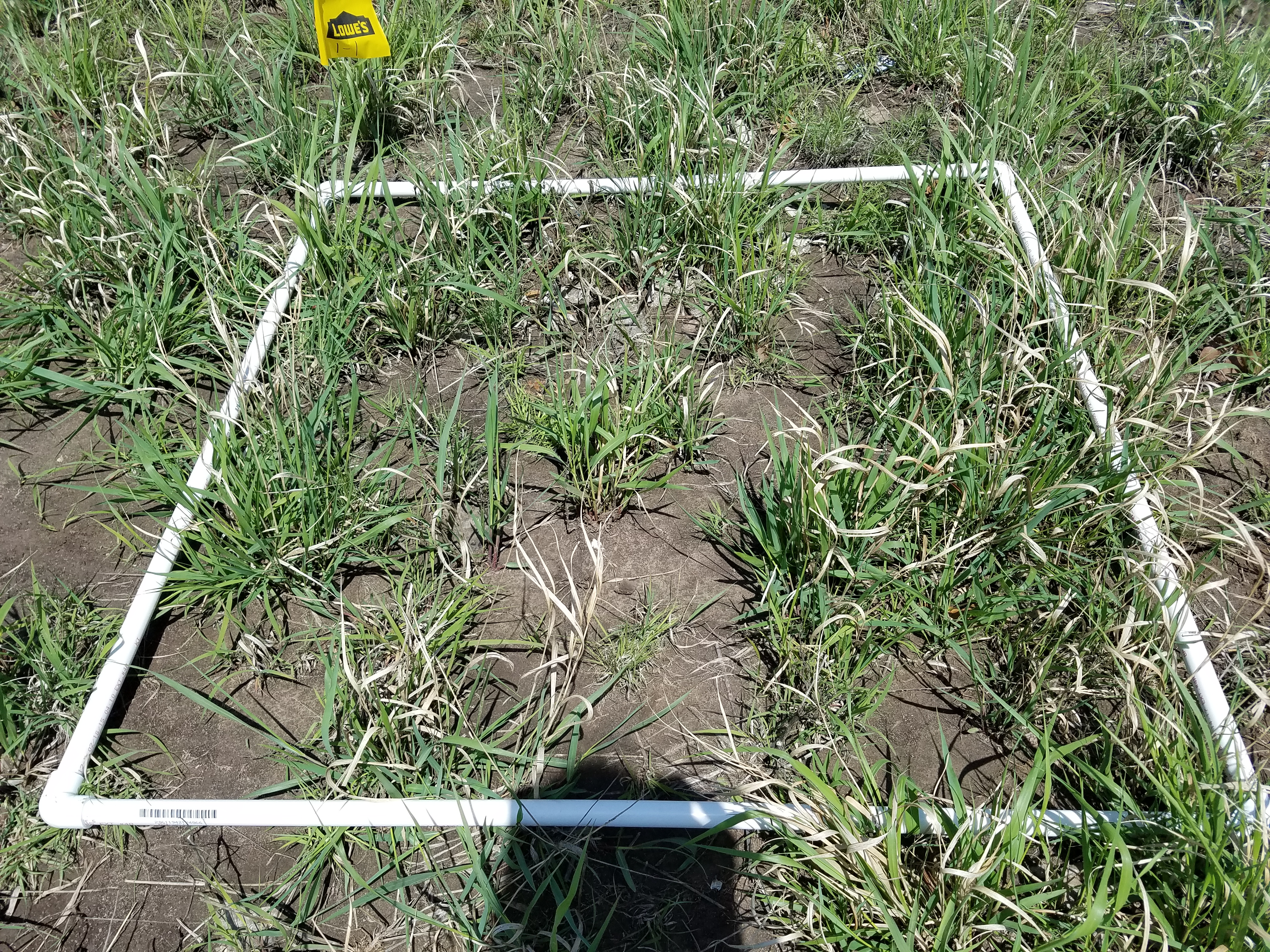
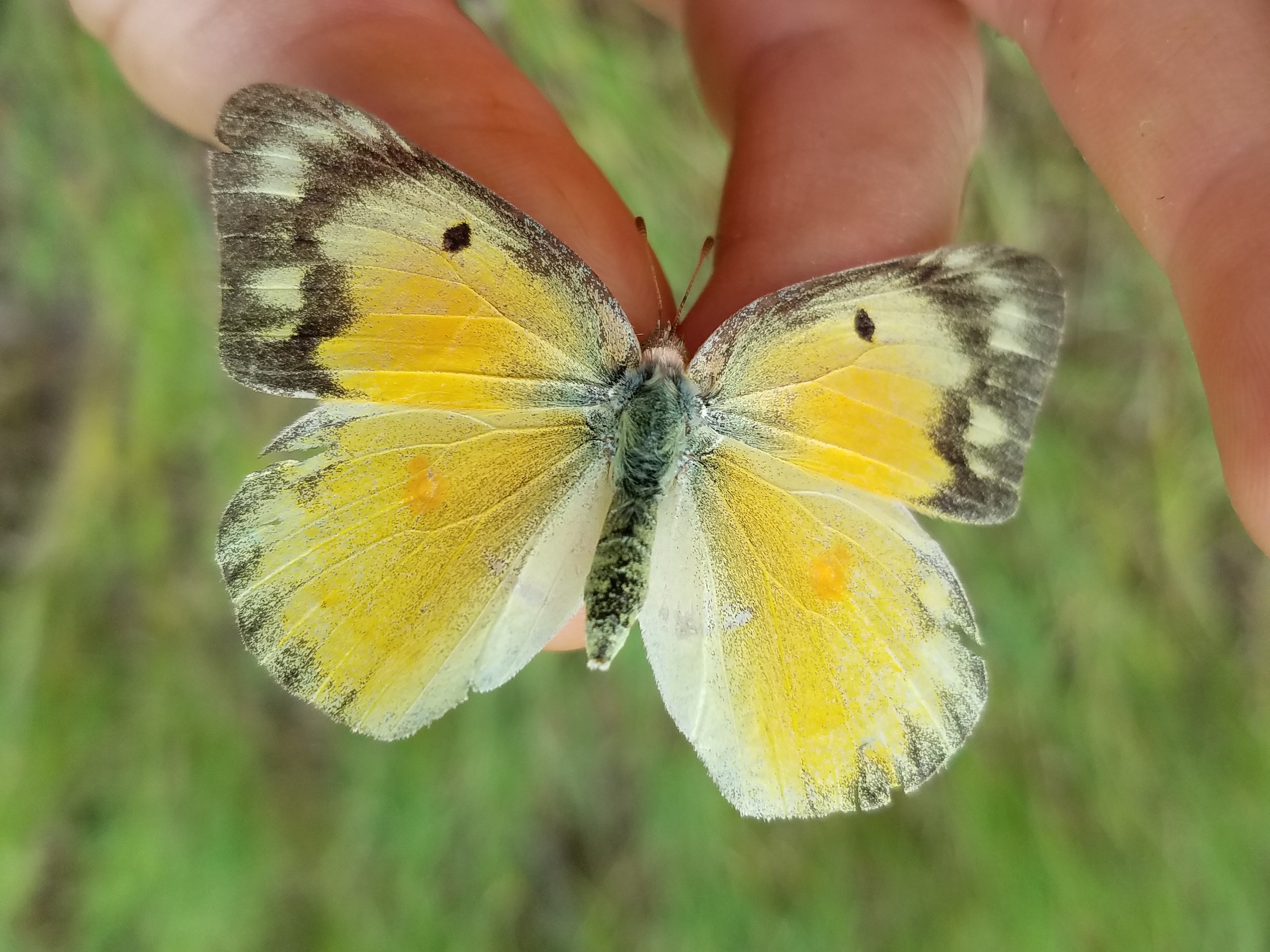
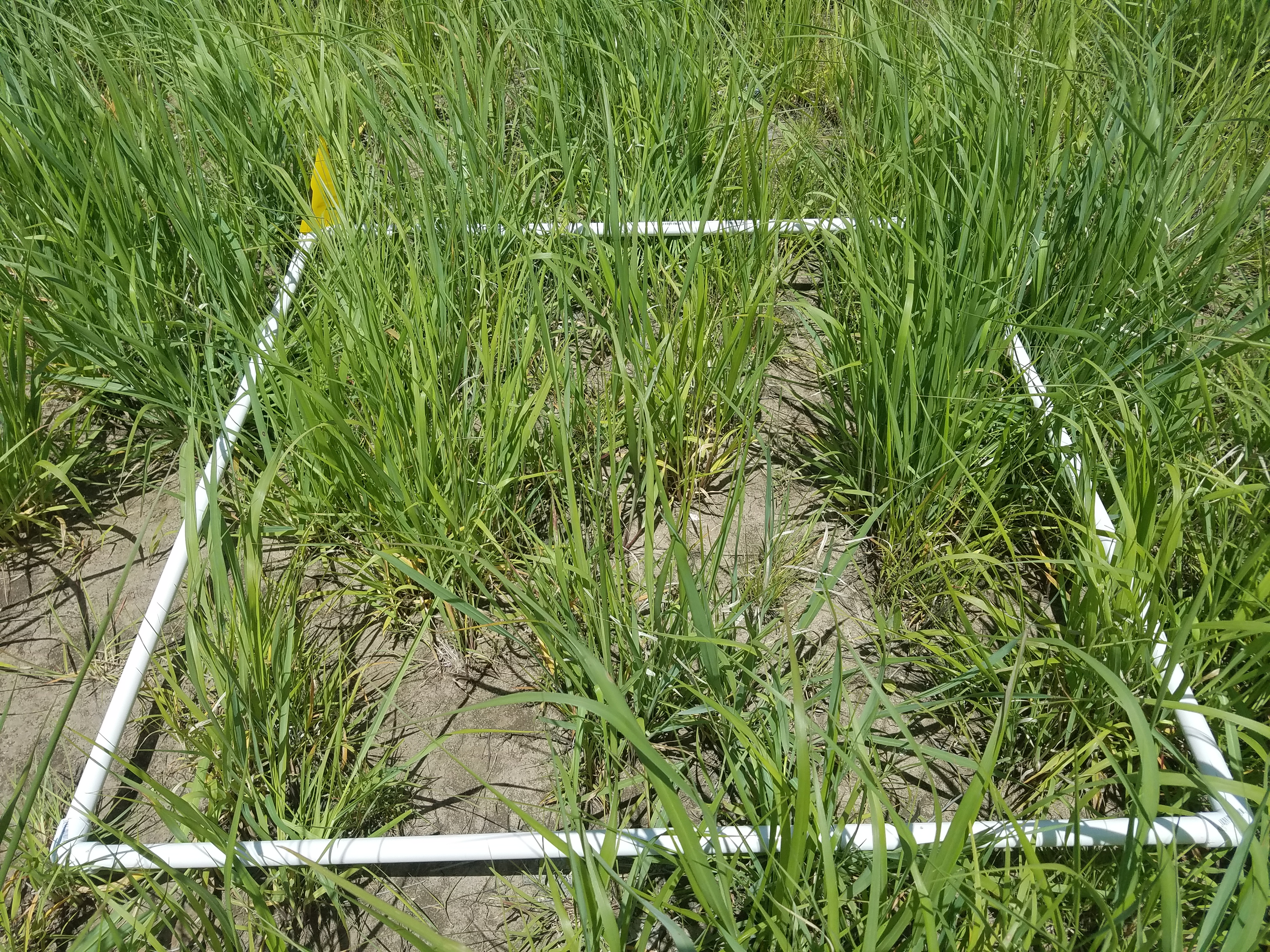
 Bumble Bee Atlas
Bumble Bee Atlas
Another program that the Natural Resource department and the USFWS at McConnell participate in is Bumble Bee Watch. This project is sponsored by the Xerces Society to help monitor bumble bee populations in North America and keep up to date with different species’ ranges. At McConnell, bumble bees caught and photographed for the project were all American Bumble Bees, a species that is currently threatened. However, the U.S. Fish and Wildlife Service has proposed to add the species to the Endangered Species Act. American Bumble Bee’s at McConnell can be found foraging on tall thistle around base during the summer.

Buffers

If you've seen the tall grass around the streams on base, you've seen a buffer! These very simple pieces of engineering not only reduce the amount of land that needs to be mowed by contractors, but also help decrease erosion and pollution. The roots of the fully grown grasses and other plants in the buffers hold the soil together better than if the plants were mowed. The above ground "roughness" from live and dead vegetation slows stream water velocity. Streams are very strong forces, especially after a long or heavy rainfall and the flowing water can cut away at the banks. This can lead to costly erosion of roads, parking lots, or even buildings and damage to infrastructure. The buffers are also pleasing to look at and provide a nice break to the mowed lawns.
Presently we are working on removing saplings and invasive plants from the buffers. Removal of saplings simulates disturbances such as grazing by deer or wildfires that have otherwise been supressed due to the urban setting. Invasive plants can disrupt ecosystem function by crowding out the growth of native plants.
Animals at McConnell
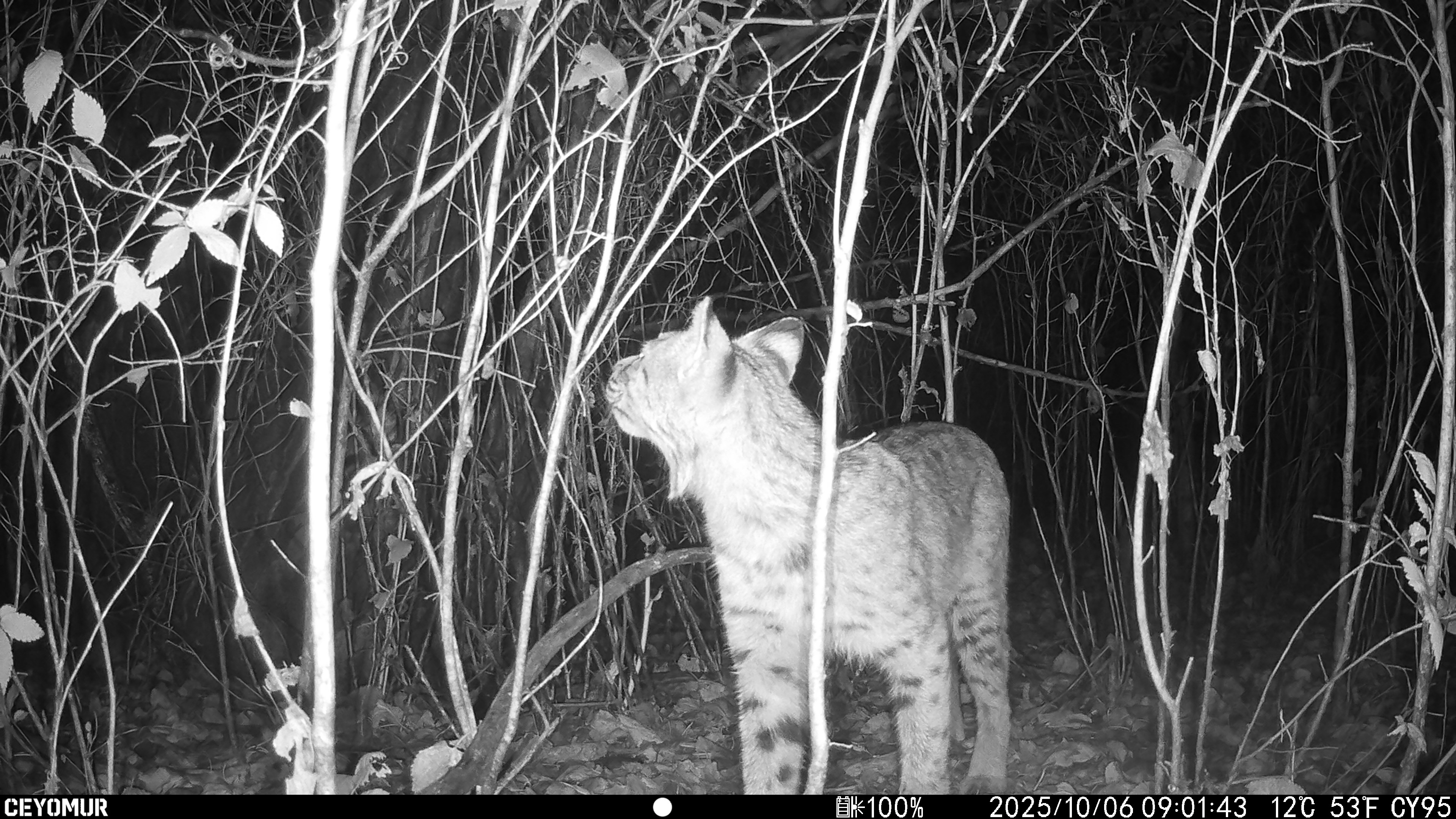
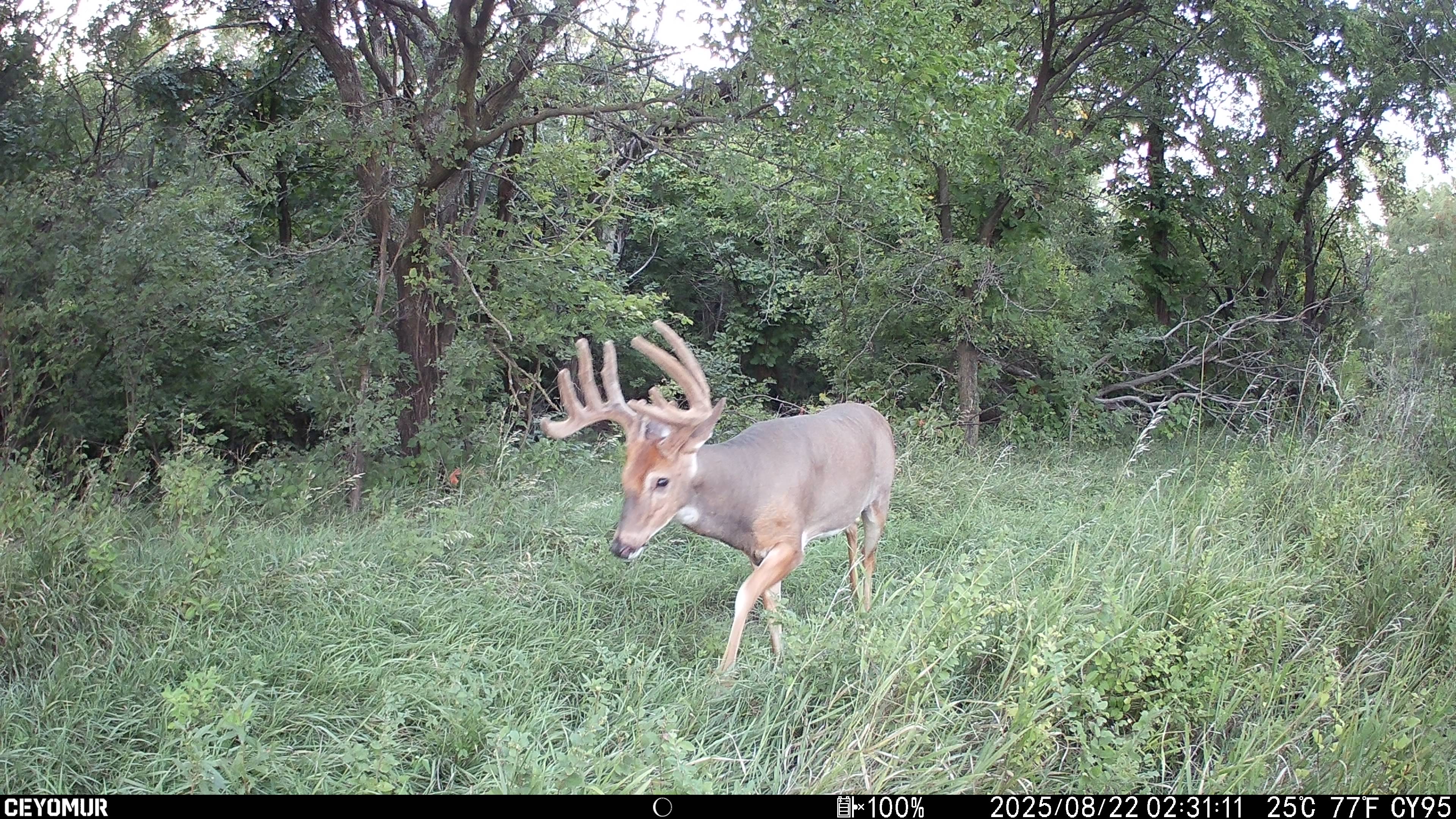
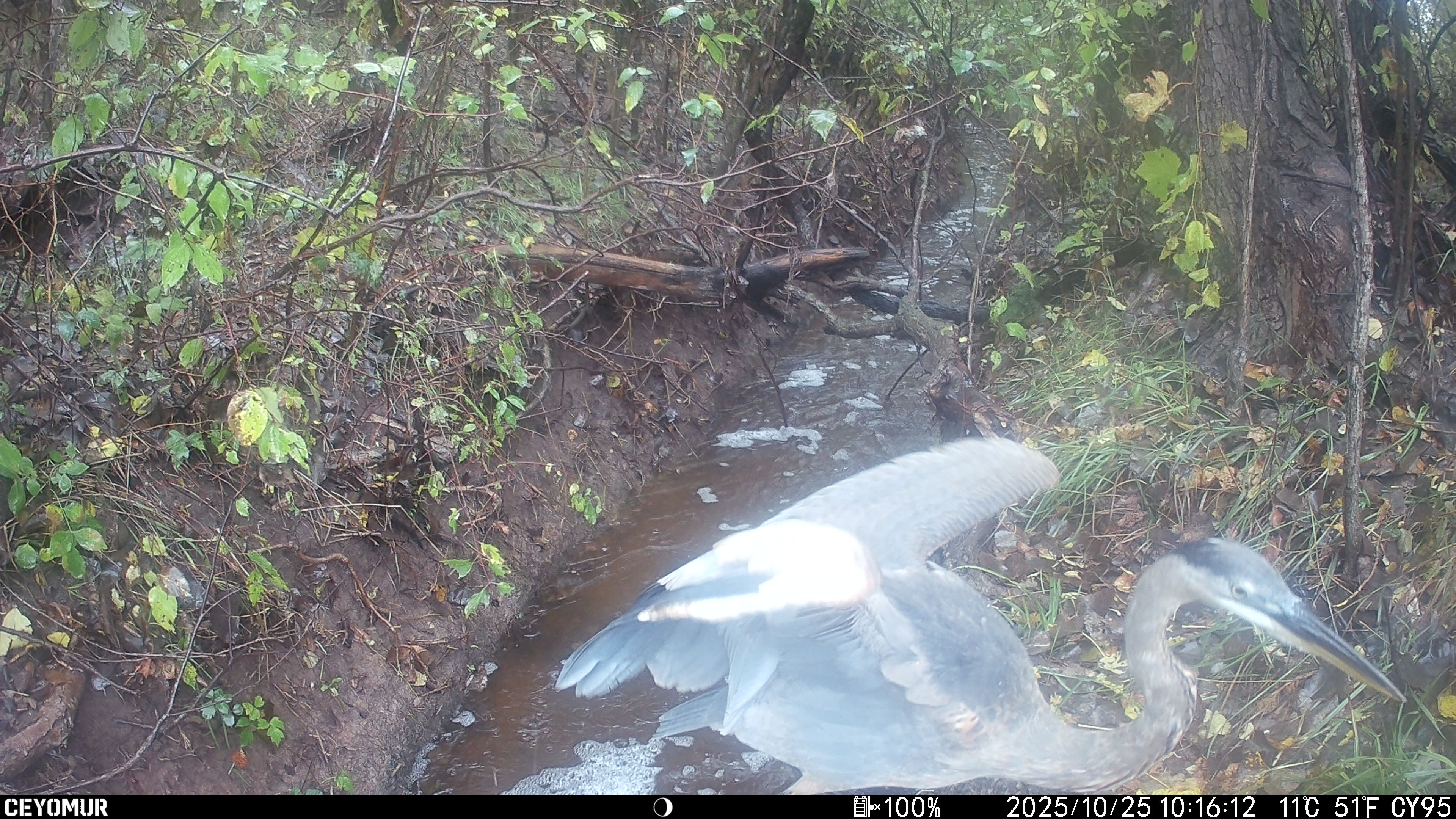
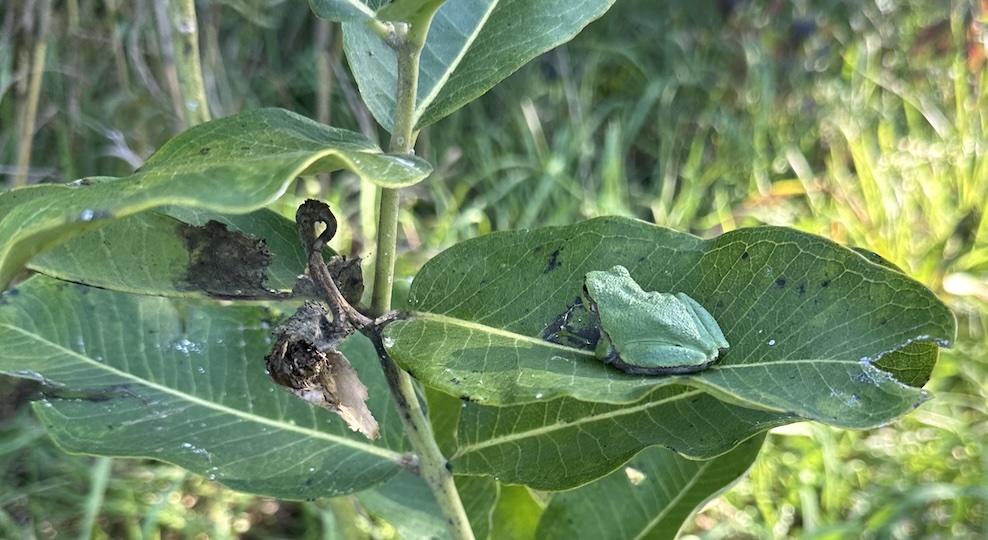
Small Mammal Trapping
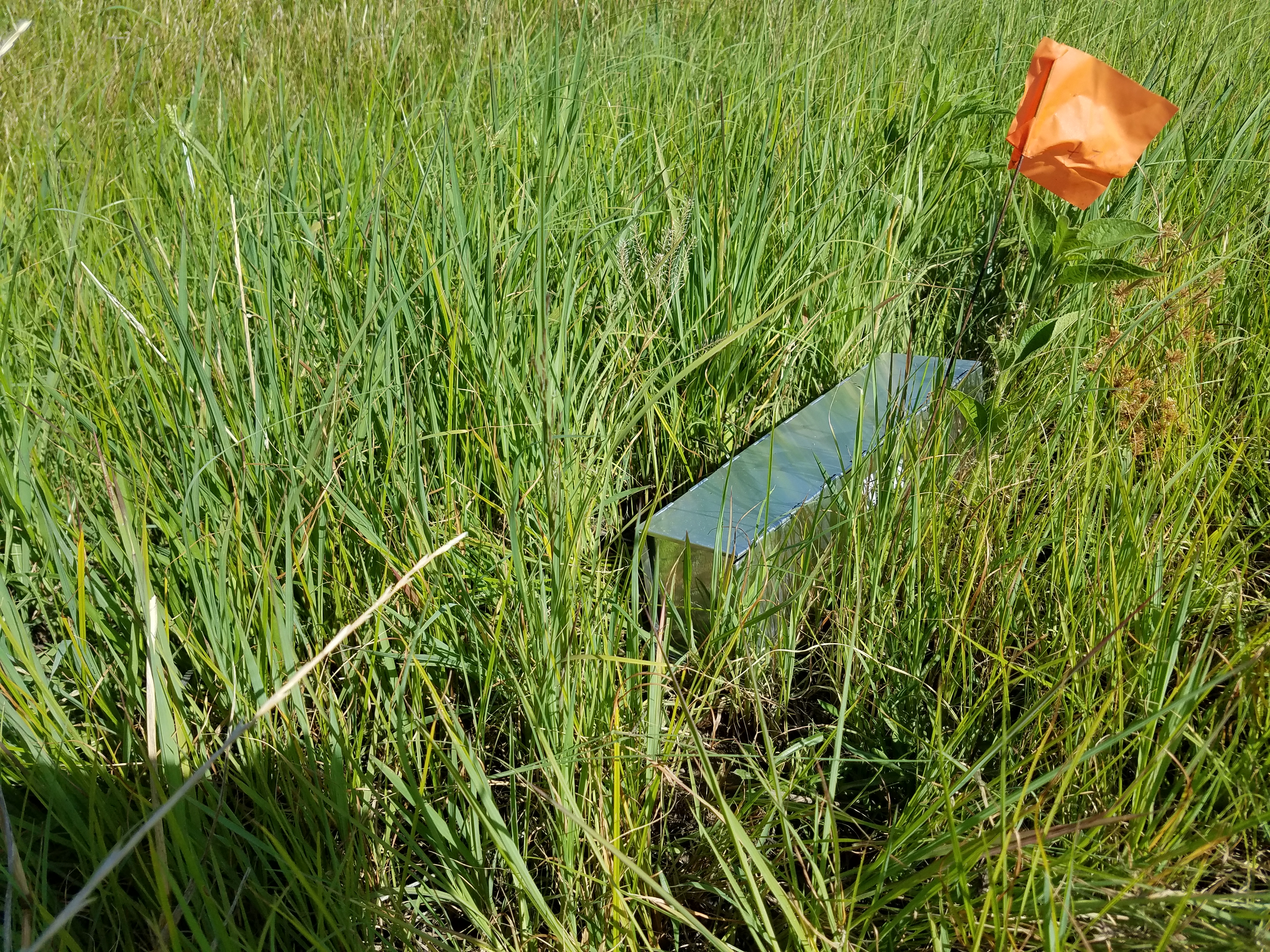
A flagged trap in a buffer.
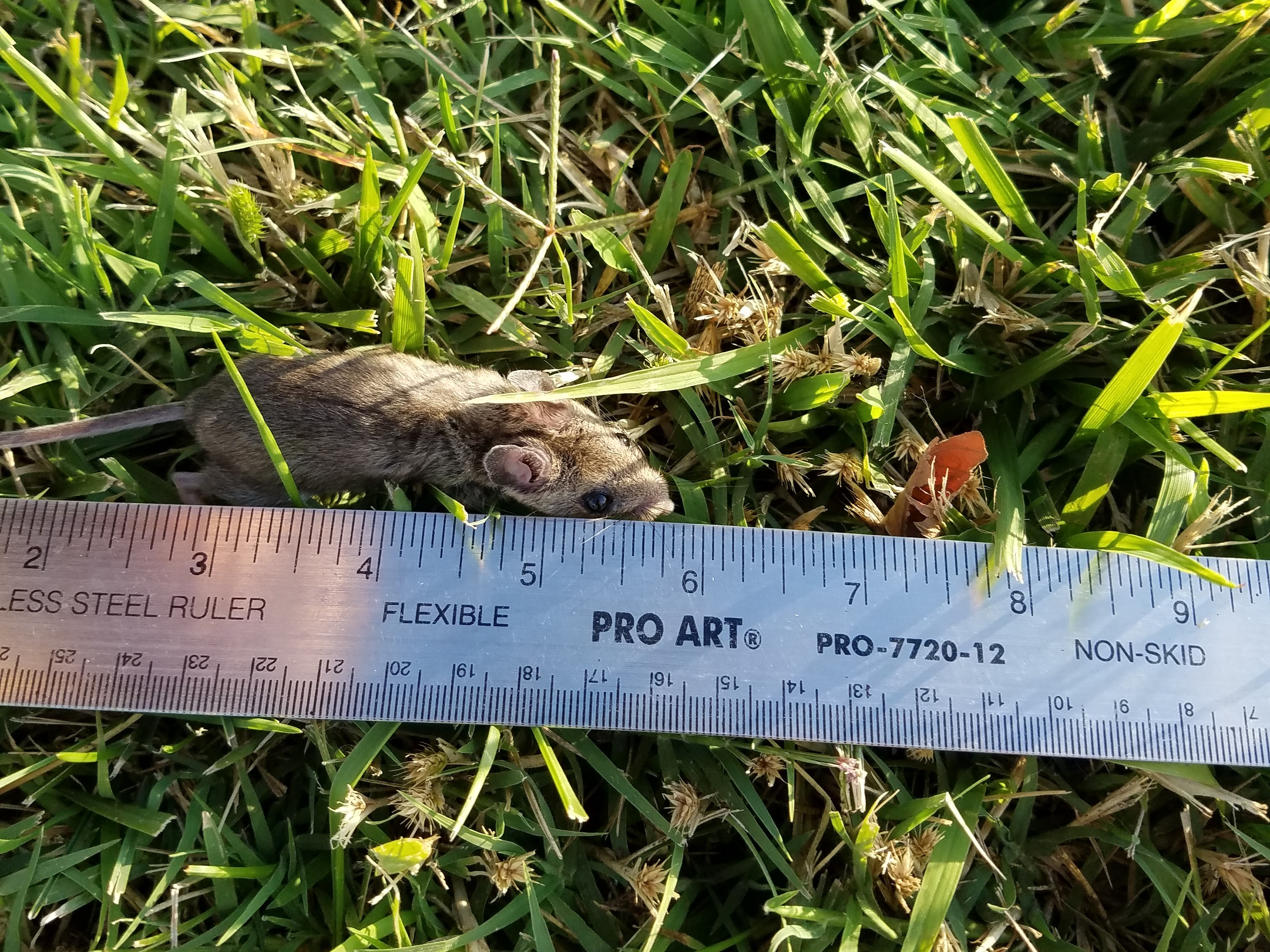
Just released deer mouse.
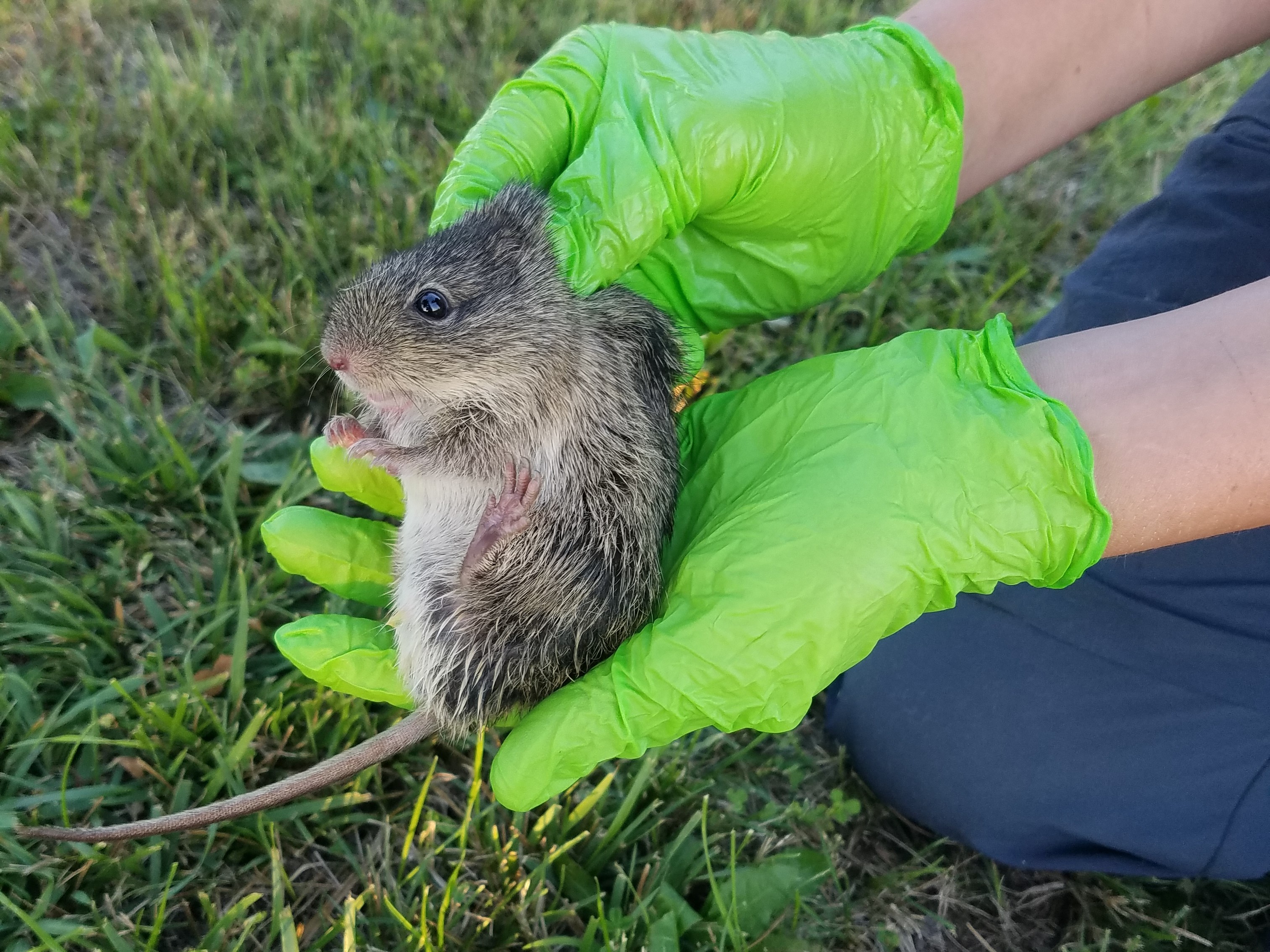
Scruffed hispid cotton rat.
Questions, comments, concerns? Feel free to stop by Building 695 on base to talk to us, or contact:
Natalie Wilderom: 316-759-0627 or Natalie.wilderom@us.af.mil